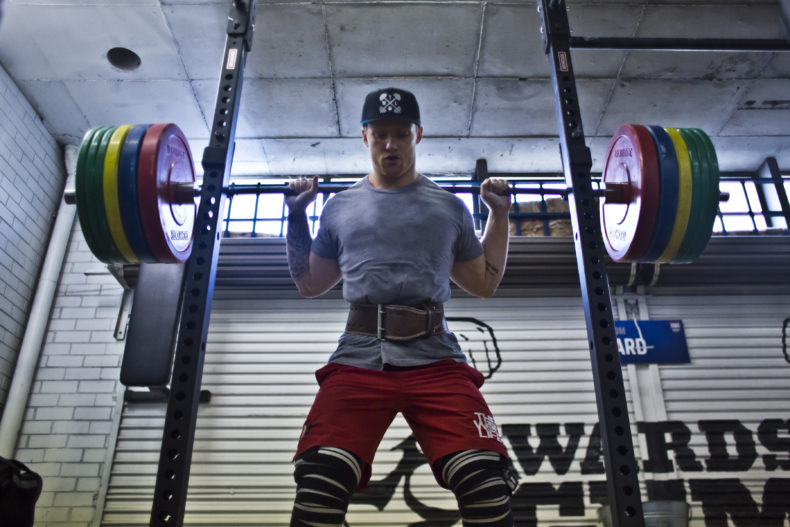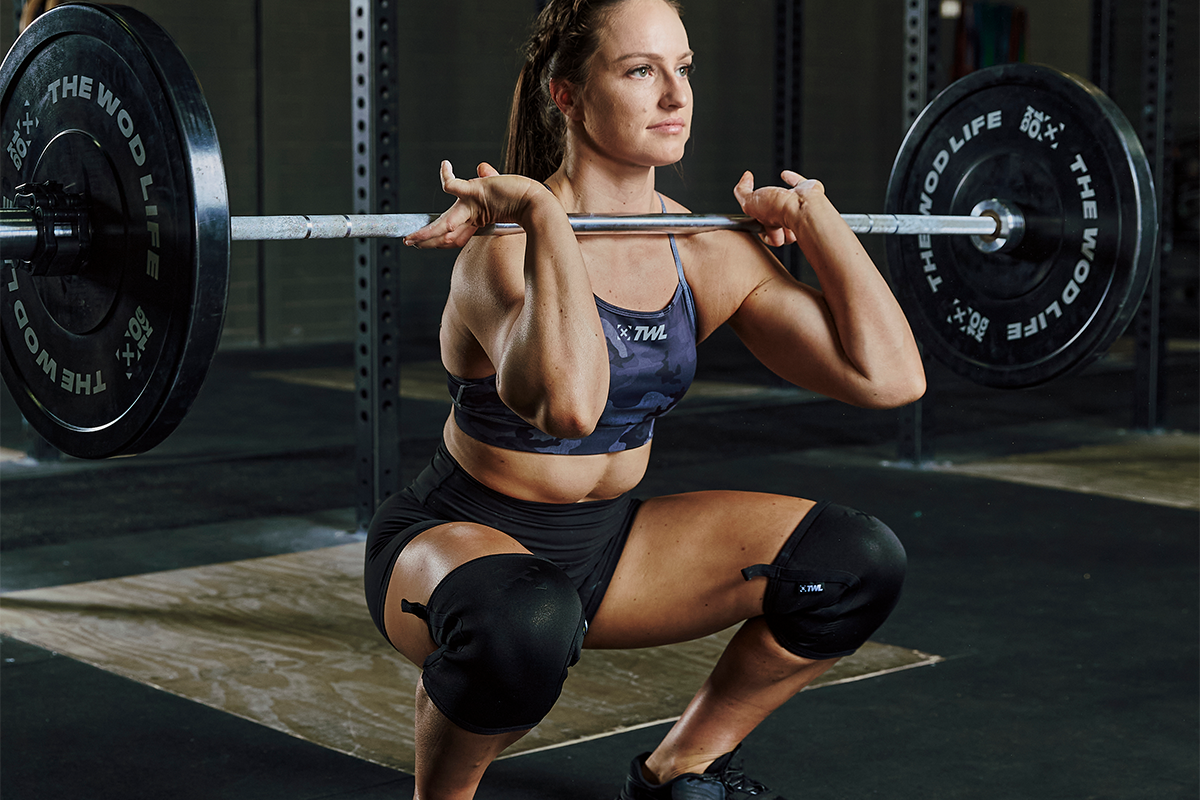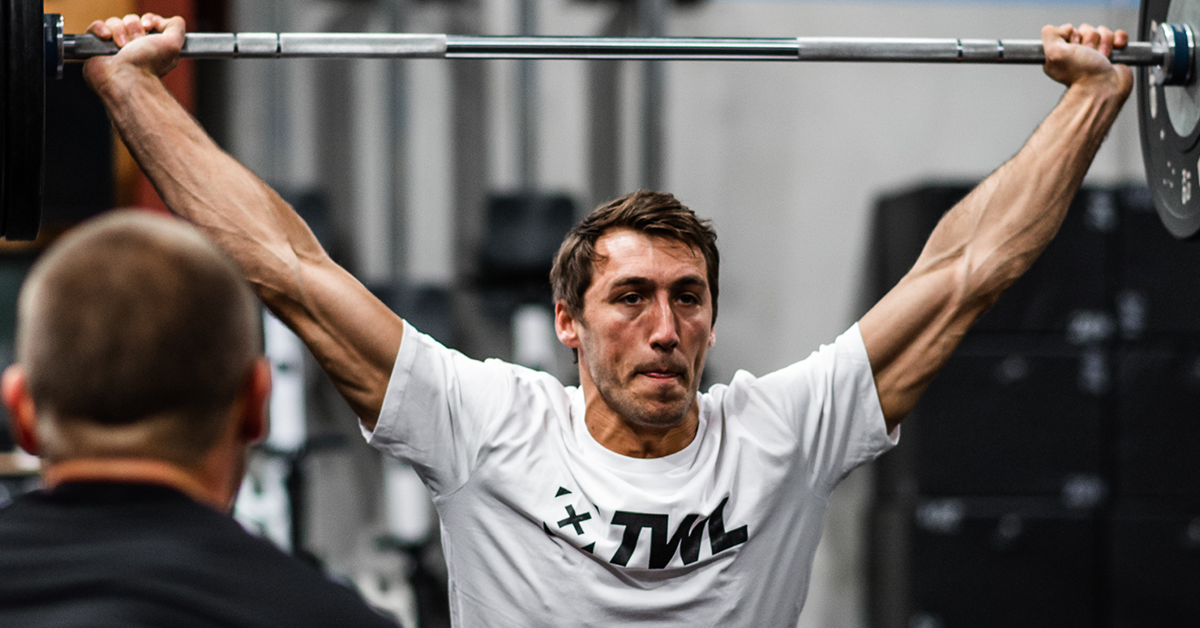Along with wrist wraps, chalk, tape and oly lifting shoes, you can guarantee that the other piece of kit you’ll find in almost every CrossFitter’s bag is a weightlifting belt. You can always spot the CrossFitters at the on the commute or at airport as they’re the ones with a belt hanging from the side of their backpack.
What is a lifting belt?
Lifting belts have two main purposes: to protect your back, and to allow you to create more tension through your core. As a protection device, belts are – or should – be used – if that’s your preference – to keep your lower back in check during really heavy lifts like squats and deadlifts. Some prefer to go right to their limits before putting on a belt, while others will belt up right around 70%. A debate about either of these stances is a post for another day, but the general consensus of the coaches is that if it’s one-rep max territory and you feel like a belt is necessary, then wear one. If you can make do at lower weights without one, your core will get stronger.
However, if wearing a belt makes you feel safer, or gives you the confidence needed to make a lift, then wear one. Even at a low weight, not many people would argue against wearing a belt for something like 100 squat cleans. It’s always best to listen to both your body and your coach as to whether a lifting belt is required for your specific workout.
What are the types of lifting belts?
Powerlifting belts, like this one from The WOD Life, are usually made from leather. They’re heavy, rigid and built to last. These are for serious lifting and are made to be worn tightly. Once they’re on, they’re on. One great aspect of leather lifting belts is that they get better with age. They mould to your body and are customised with every lifting session you share with them.
Softer, lighter lifting belts, sometimes called WOD or Agility belts, are made from hardened fabric and fasten with Velcro. They provide enough support to get you through most lifts and are ideal for workouts where you’re moving between lifting and gymnastics or running. WOD belts are a more affordable option when compared to leather lifting belts, but they won’t last quiet as long.

What to look for in a lifting belt
Whether it’s a leather lifting belt, or a WOD belt, there are a few key things to consider when choosing one:
- Size – Both types of belts will come in different sizes, and it’s important to get on that you can fasten up pretty tight. If it’s too big, you won’t get the support needed, and you might as well not wear one.
- Support – This is somewhat down to personal preference, some people like a narrower back, while others prefer a fairly big area of support at the back. If you’re going to an event, find a vendor and try some different belts on.
- Fastening – The belt should be easy to put on and take off, with fastenings made from metal for the lifting belts, and Velcro for the WOD belts. Don’t go super cheap, because if your belt pops open during a lift, that’s bad news.
- Durability – Your belt is going to take a pretty heavy beating, so pick a brand you trust. Speak to others who’ve had their belt for a while, and read as many reviews as possible.
What belt is the best?
The key when deciding what belt is suitable for you, . As a guide, The WOD Life recommends the Agility Belt for high repetition WODs or lifting sessions. A fantastic all round belt, that provides shaped lumbar support without being heavy or impeding your movement.
If you are serious about your lifting and want to invest in a high quality weightlifting belt, then look no further than The WOD Life Pro Lifting Belt. Carefully designed with the highest quality cowhide leather to provide maximum support, the TWL Pro Lifting Belt delivers quality you can trust. Providing midline support while lifting heavy that will last you a lifetime.
The good news is that The WOD Life stock a wide range of belts, styles and sizes to suit every athlete. From entry level Performance Belts that are lightweight and supportive, right up to the leather lifting belts that get better with age!
Check out the full range of Weightlifting Belts from The WOD Life here!

















